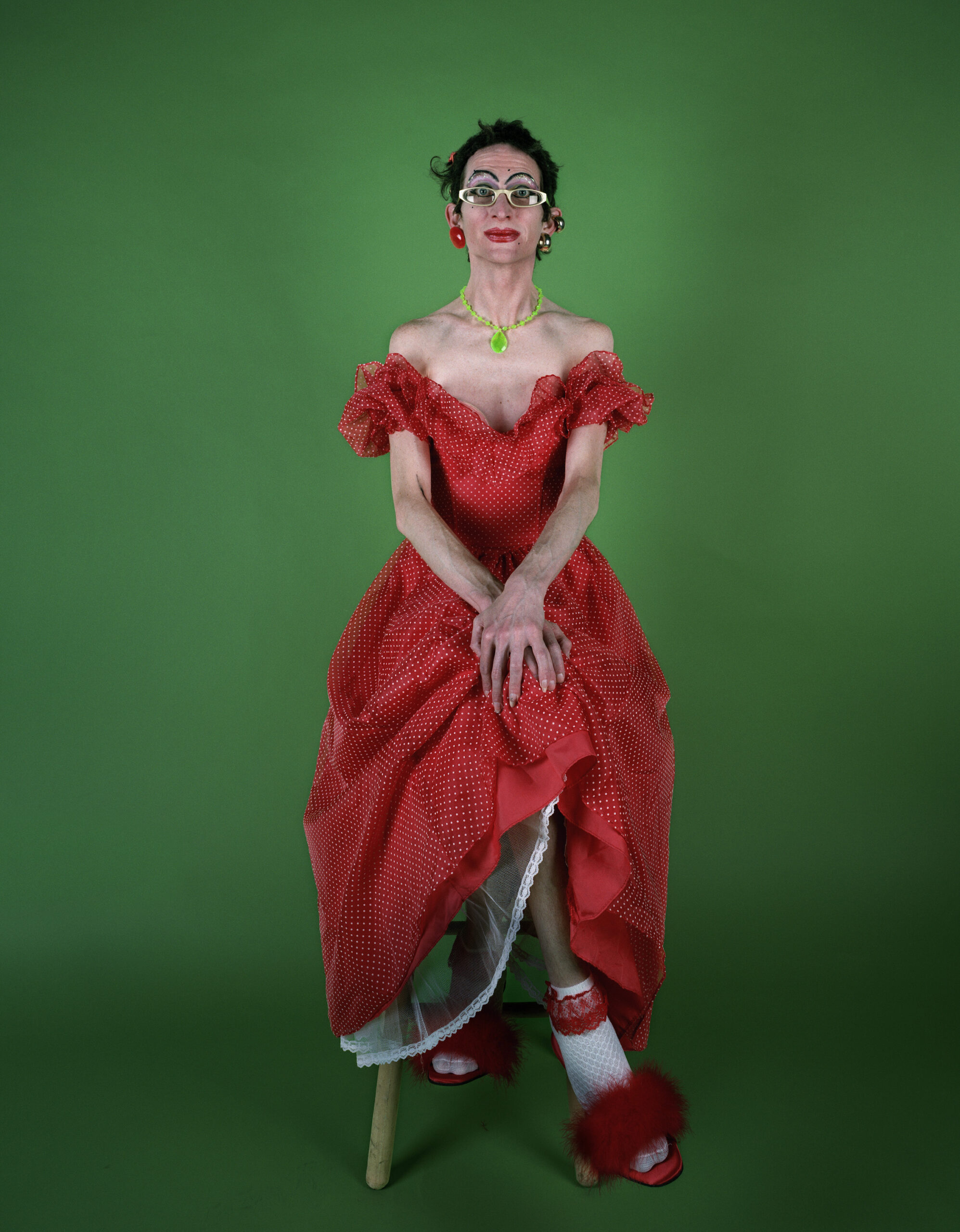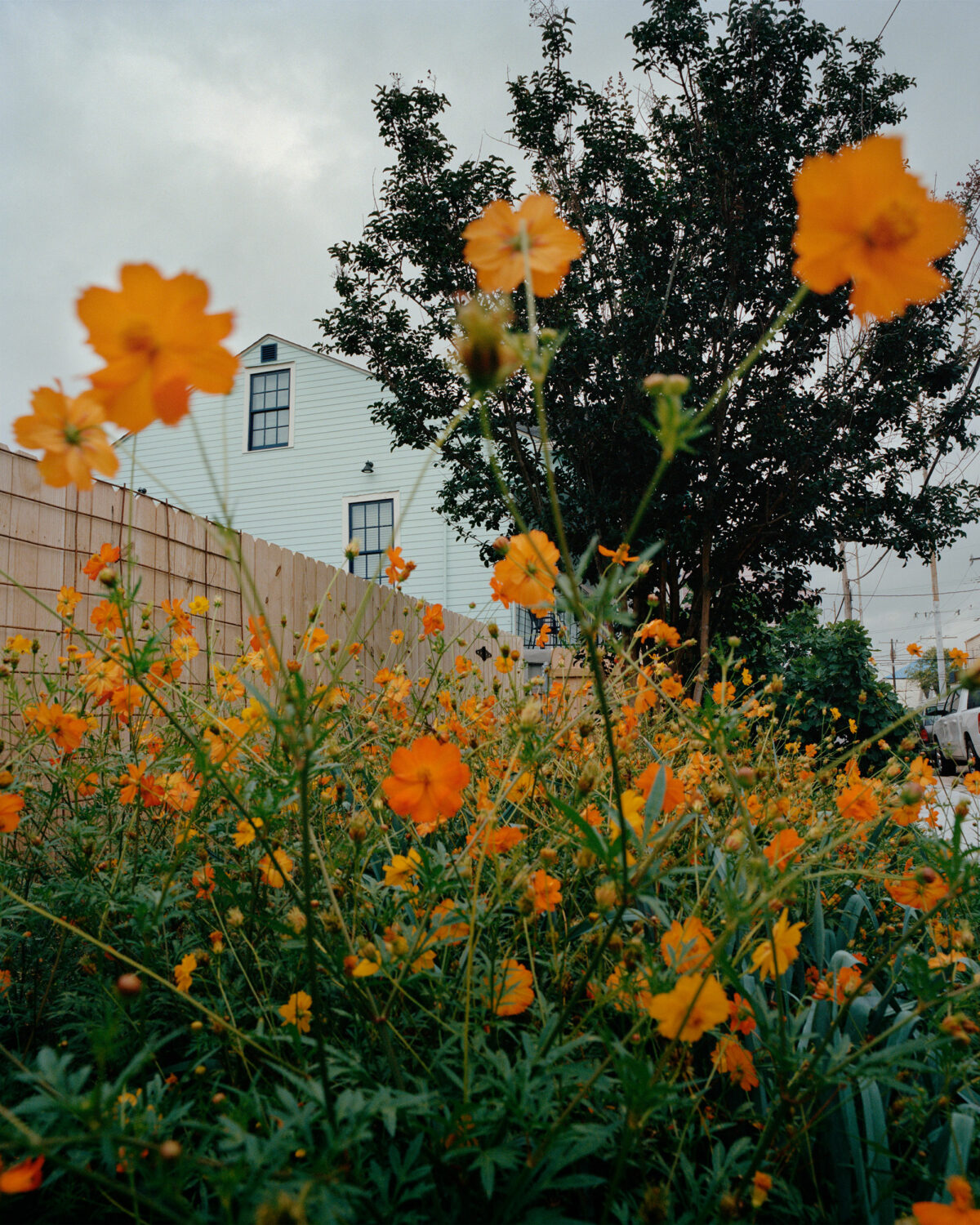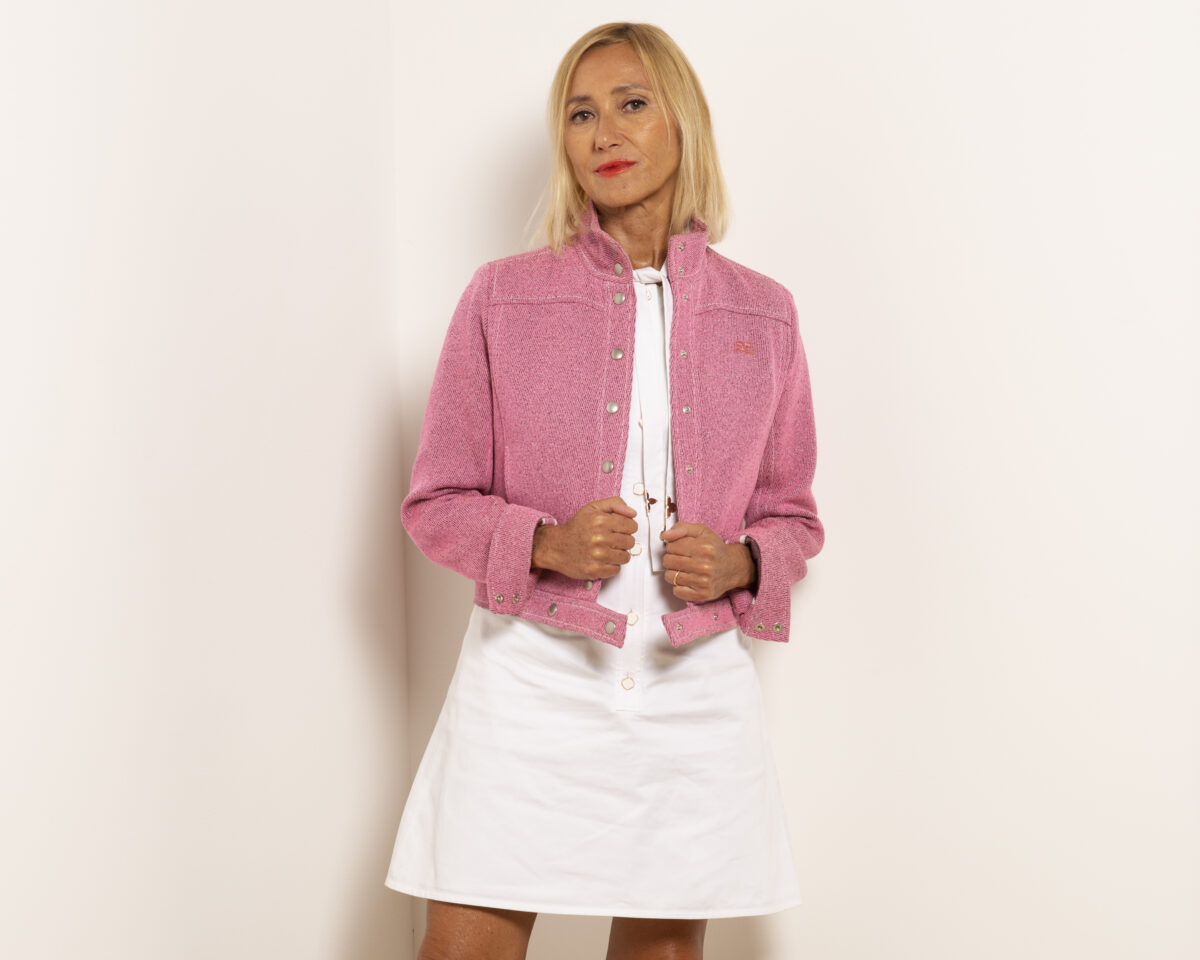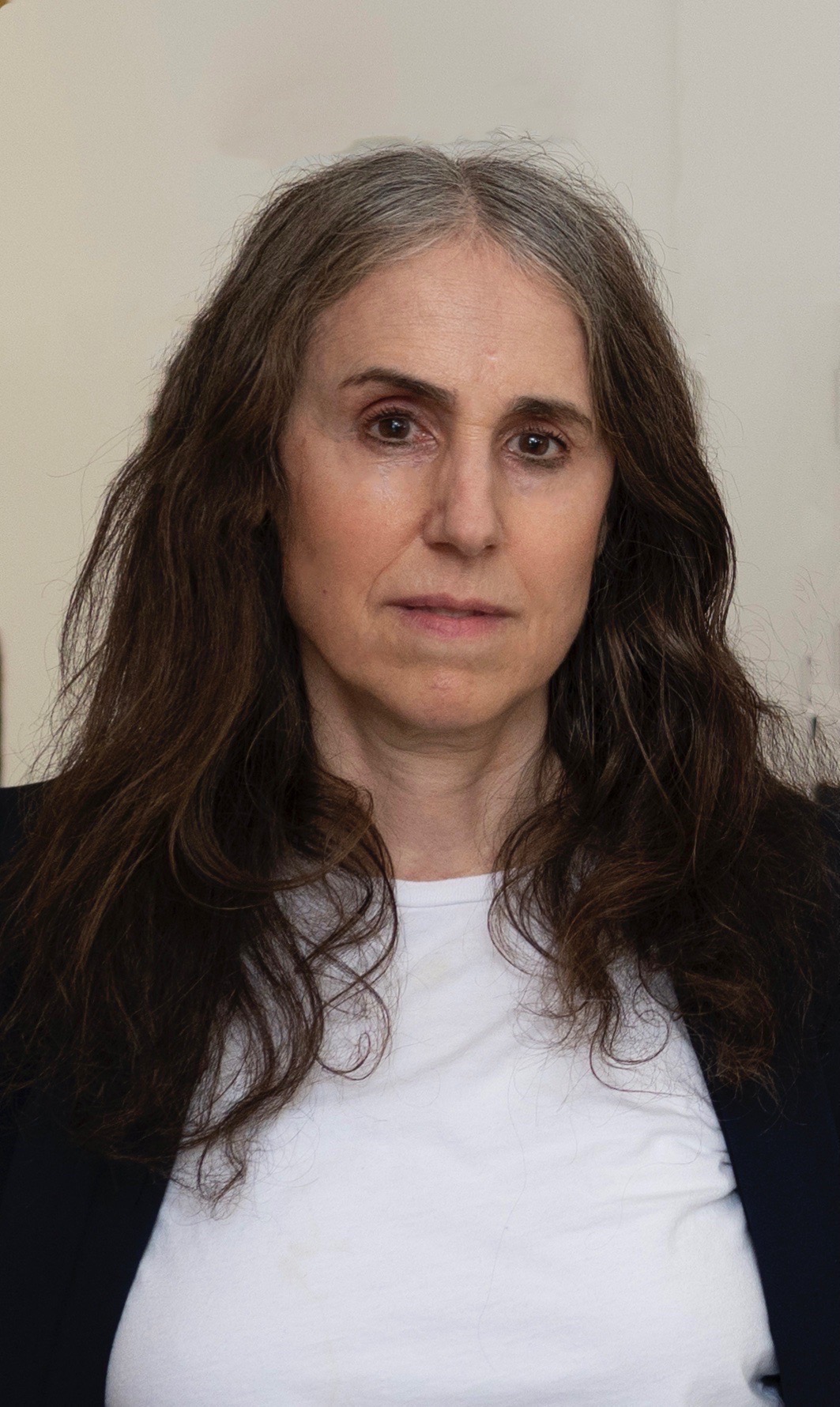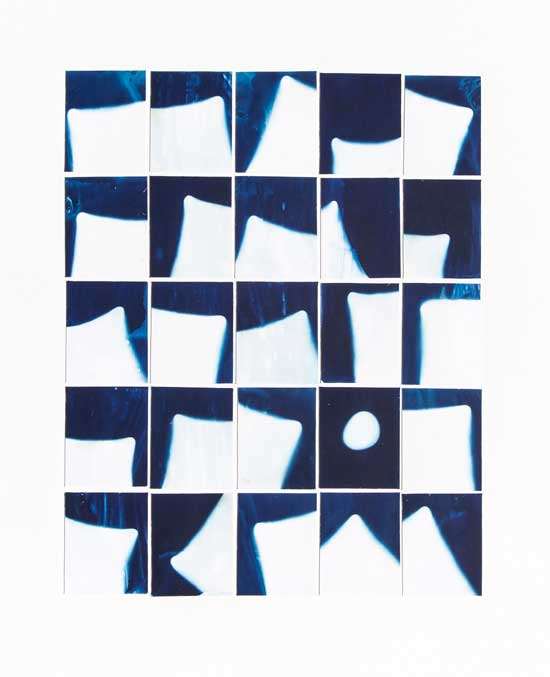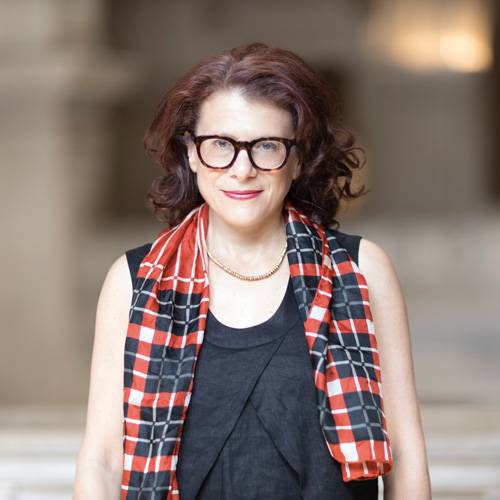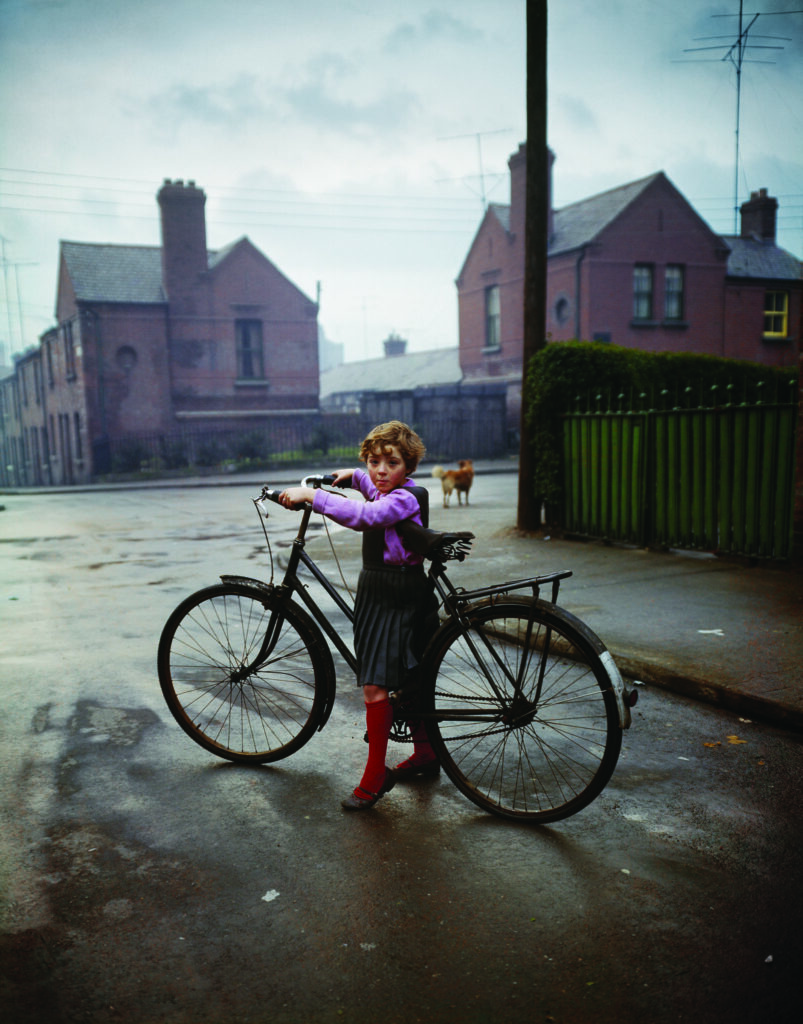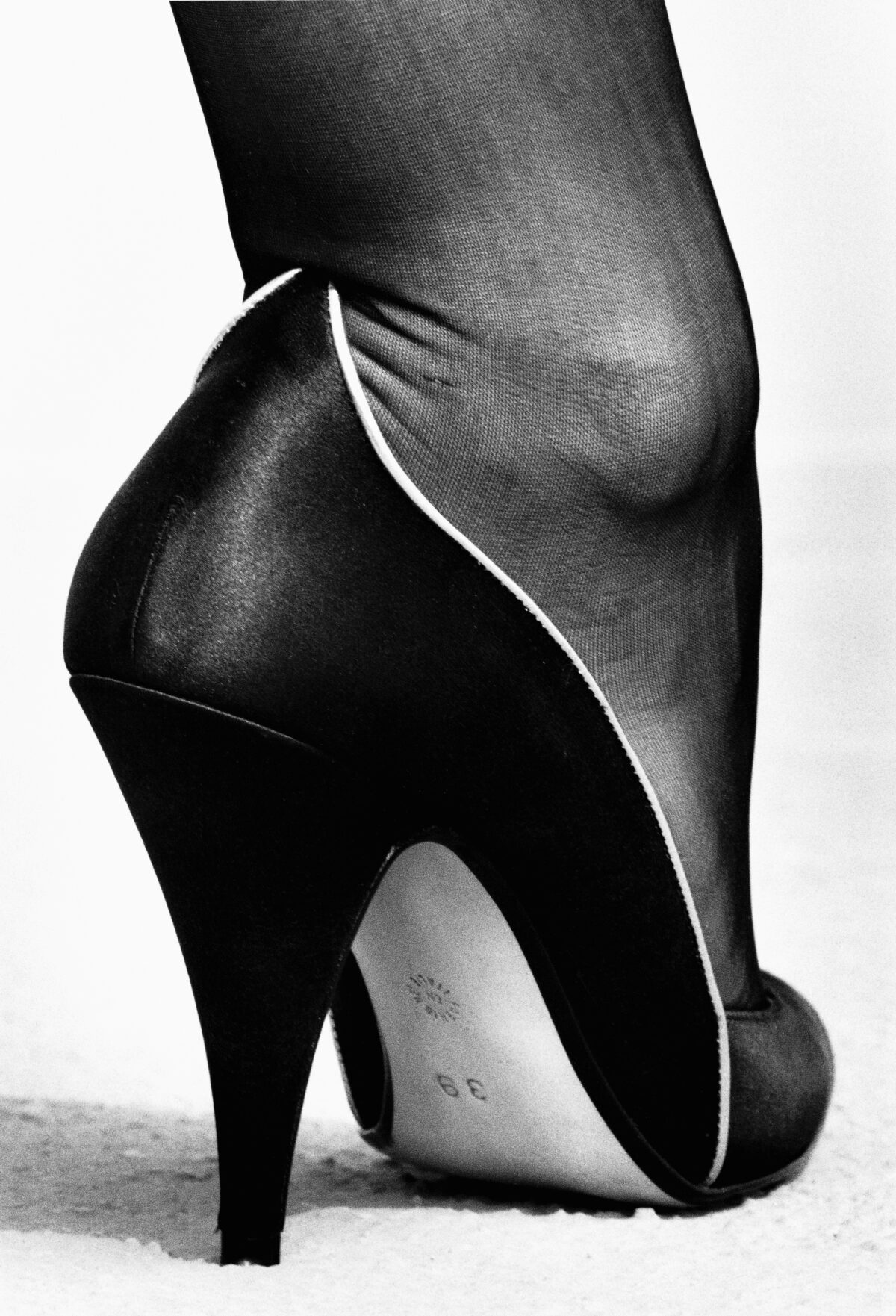All portraiture poses an implicit question: If human relations begin with our encounter with the face of another, what happens when we look more closely, more mindfully and contemplatively? On view through May 1, this engrossing show, organized by guest curator Helen Molesworth, further asks us to consider what happens when there are artists on both sides of the camera. While Tacita Dean’s film One Hundred Fifty Years of Painting is quite literally two artists talking, the still images here also imply an intimate conversation happening just outside the frame, hinting at the camaraderie and community of the artists’ tribe.
Brigitte Lacombe started photographing on assignment in the 1970s. In the ensuing years, she has photographed a dizzying array of world leaders and cultural figures: Nelson Mandela, Barack Obama, Hillary Clinton, Andy Warhol, Bob Dylan, the list goes on. She works with the rigor of a conceptual artist: always large-format black-and-white images of her subject’s face and torso, everything extraneous eliminated from the frame. Yet the resulting images are anything but static. By using a 4 x 5 camera, which is held at waist level, she can maintain eye contact with her subjects, directing them. Sitters might make eye contact, or they might look away, as Glenn Ligon does in her portrait of him from 2020. Yet there is a sense of anticipation that the gaze might be returned, and it is this back-and-forth of glances and feints that gives her images their dynamism.
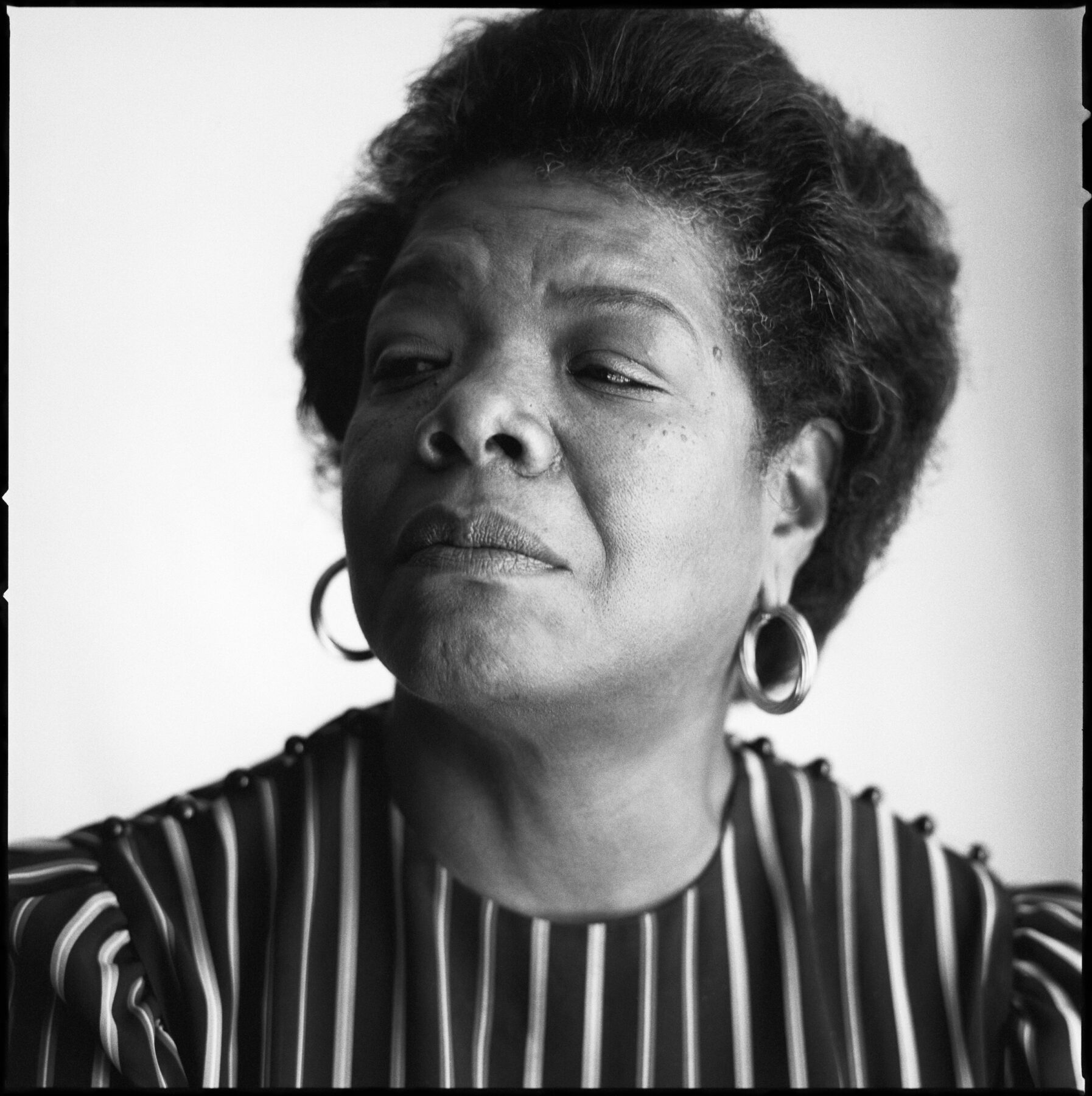

This psychological dynamism married to formal rigor owes a huge debt to Richard Avedon, and Lacombe’s portrait of Avedon hangs prominently at the entrance to the show. Next to Avedon is her photograph of Nan Goldin, whose collapsing of the boundaries between art and life, her focus on her chosen community of friends, lovers, and outcasts, provided inspiration for Catherine Opie’s early portraits of her own friends and peers in San Francisco’s queer and S&M communities. Opie’s pictures bear many similarities to Lacombe’s, most notably in the directness of the encounter with her subjects. Both artists employ conventions of Western portraiture dating back to the Renaissance, notably three-quarter-length compositions, which foreground the head and shoulders of the sitter. And both sit their subjects against monochromatic backgrounds, free of any mise-en-scene, which serves to highlight their individuality. But as Molesworth points out in her catalogue essay, the contrasts between the two artists are just as important. Opie’s portraits “[show] her subjects in existential repose,” she writes, “while Lacombe stages encounters designed to convey her subject’s life force. Opie’s draw their temporal cues from paintings, while Lacombe’s draw from cinema.” If Lacombe is interested in capturing fleeting encounters with her subjects, Opie aims to capture their interior life, the passage of time and, as Molesworth puts it, “time’s ultimate registration: death.”
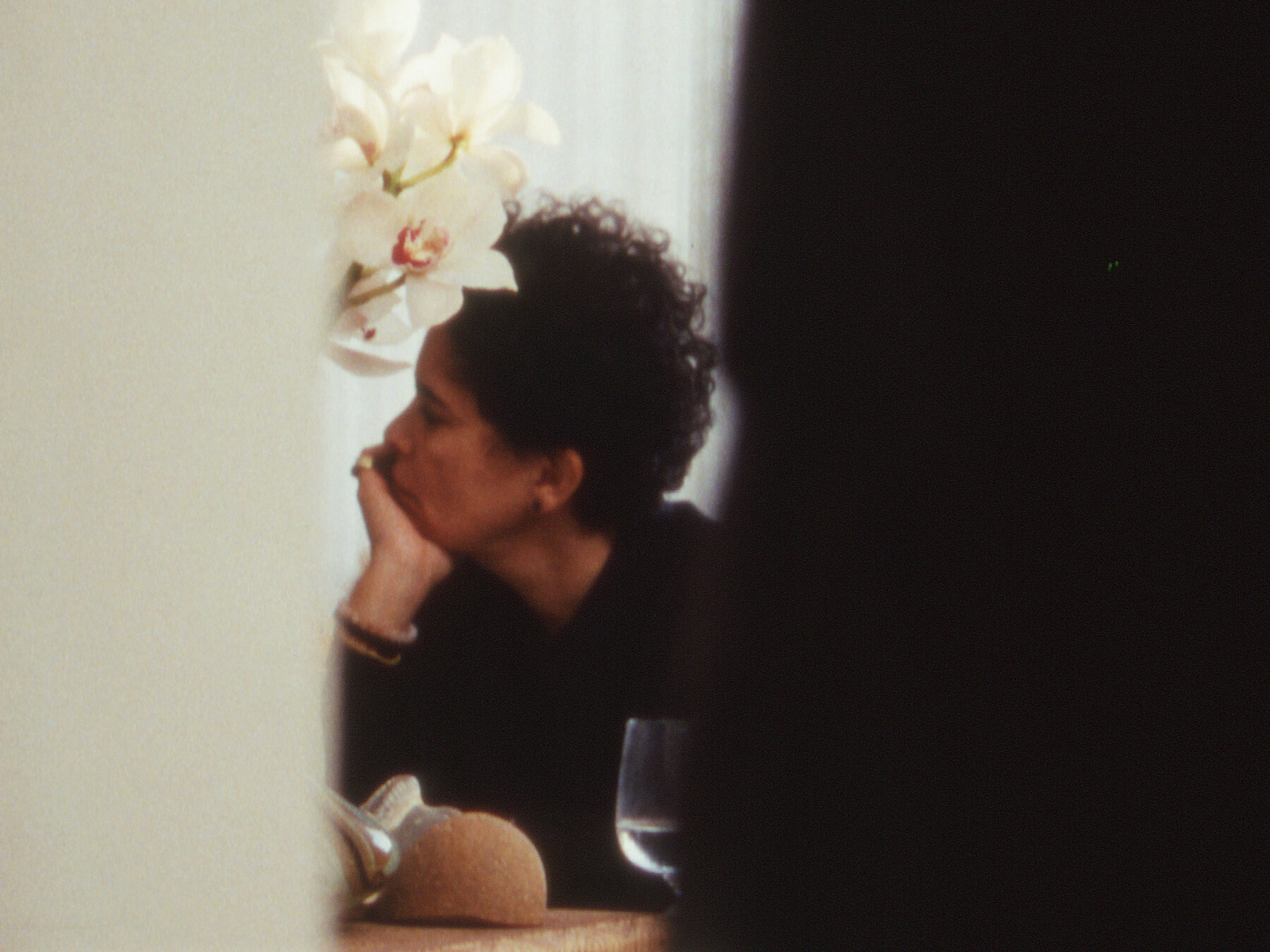

Tacita Dean is also deeply concerned with the passage of time, but because her medium is film, she depicts it in a more literal way. Portraits (2016) captures artist David Hockney in his studio; it is contemplative and still – the first shot lasts two-and-a-half minutes – seeming to mimic the open-ended nature of time in the studio. One Hundred and Fifty Years of Painting (2021) is more narrative, recording a conversation between artists Julie Mehretu and Luchita Hurtado. (The work takes its title from the combined age of the two painters. Hurtado died in 2020, at the age of 99, and the film was released in 2021.) Dean’s camera unhurriedly scans the room and its details – flowers, books, light filtering in the window – with the same attentiveness it pays to the human subjects. In both films, portraits emerge in and through duration and patient observation, giving the viewer a sense of being present in the room.
Any show of contemporary portraiture must ask, where does the formal portrait photograph fit into our oversaturated visual landscape? In their engagement with the genre, each of these artists uses it to connect themselves to other artists and, by extension, to a history of art still being written.

